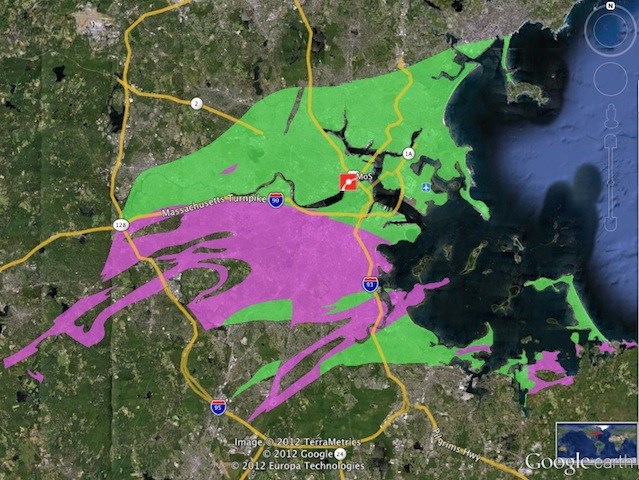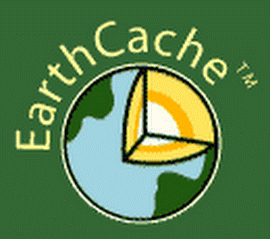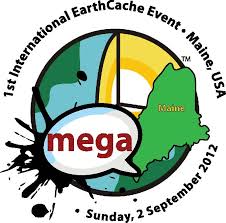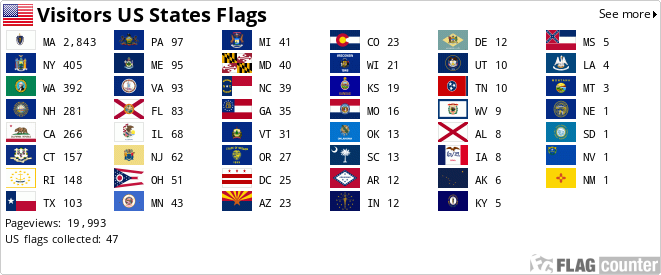Rock Stahs! - The Rock Gahden of MoS EarthCache
Rock Stahs! - The Rock Gahden of MoS
-
Difficulty:
-

-
Terrain:
-

Size:  (other)
(other)
Related Web Page
Please note Use of geocaching.com services is subject to the terms and conditions
in our disclaimer.
You are visiting "The Rock Garden" at "The Museum of Science, Boston".
No fee is required to explore this EarthCache.
But, there are 'Logging Requirements'!
Read below and fulfill, or NO FIND!
Located within walking distance from the MBTA Green Line E branch "Science Park (Accessible)" & "Lechmere (Accessible)" stations. Parking is available at the Museum's adjacent on-site garage with a fee, metered street parking can be found around the North Point Park just across the street, and also free parking is available along the Cambridge Parkway to the South within walking distance. Please refer to the additional "Parking" waypoints below.
This location is  "Wheelchair Accessible" throughout.
"Wheelchair Accessible" throughout.
The Rock Garden
22 Interesting Rocks, Minerals, and Fossils from Interesting Places,
ALL at one location!

MoS Rock Garden Map (PDF link)

Rock Garden Collage

Bedrock distribution around MoS and this EarthCache
★ Mineral  – A naturally occurring, non-living crystalline solid with a defined chemical composition and defined physical properties.
– A naturally occurring, non-living crystalline solid with a defined chemical composition and defined physical properties.
º Beryl Crystal
º Rose Quartz
★ Rock – Composed of minerals and classified into three groups (igneous, metamorphic, and sedimentary) based on their formation and composition.
♦ Igneous Rock  – Formed by the cooling of magma or the accumulation of materials ejected from volcanoes. Intrusive igneous rocks cool slowly within the Earth, while extrusive igneous rocks cool when erupted onto Earth’s surface.
– Formed by the cooling of magma or the accumulation of materials ejected from volcanoes. Intrusive igneous rocks cool slowly within the Earth, while extrusive igneous rocks cool when erupted onto Earth’s surface.
º Granite
º Lava
º Basalt
♦ Sedimentary Rock  – Formed when sediments (fragments of rock, silt, sand, and clay) accumulate and are compacted and cemented into rock.
– Formed when sediments (fragments of rock, silt, sand, and clay) accumulate and are compacted and cemented into rock.
º Jaspilite
º Limestone
º Roxbury Puddingstone [Purple-colored area in map above]
♦ Metamorphic Rock  – Created when previously formed rocks undergo intense heat and pressure, making them more compact and banded.
– Created when previously formed rocks undergo intense heat and pressure, making them more compact and banded.
º Gneiss (Pronounced "nice")
º Schist
º Cambridge Argillite [Green-colored area in map above]
★ Fossil  - Remains of plants or animals from past geological ages preserved as rock. Fossils include parts of organisms (bones, trees), impressions of organisms (a print of a shell), or evidence of its life (footprints, nests).
- Remains of plants or animals from past geological ages preserved as rock. Fossils include parts of organisms (bones, trees), impressions of organisms (a print of a shell), or evidence of its life (footprints, nests).
º Petrified Wood
º Mystery Fossils... (unlisted)
Logging Requirements
To claim this EarthCache, do the following homework, visit the Rock Garden to do your fieldwork, and then Email me the answers to all the following questions.
Please DO NOT use the Geocaching "Message Center" at the top of the page to send your answers! Please Email me, also checking the checkbox "I want to send my email address along with this message." for my faster response.
Homework:
Remember to printout this cache page, in color if possible, and bring along with you.
Questions:
Q1: Of the two 'Minerals' on display, what does only one have, which the other one does not?
Q2: Of all the 'Igneous Rocks' on display, divide them into two (2) distinctive groups using the numbers in the Rock Garden map. And, explain why you have separated one group from the other.
Q3: Within the smaller (less number of rocks included) 'Igneous Rock' group you've made above, what are the differences among these rocks?
Q4: Of all the 'Granite' on display, which one was used to build the Pyramids? And, how heavy is this rock?
Q5: What rock is considered the unique local 'Bedrock' of this area where the Museum of Science stands upon? And, how far directly deep beneath your feet can you find this 'Bedrock'?
Q6: Immediately bordering South of the above 'Bedrock', lies another type of unique local 'Bedrock'. What is the name of this rock, which is the official State Rock of Massachusetts, and also highlighted in these nearby EarthCaches GC2VJW8 and GC3ECHC? And, how many different kinds of rocks can you find within this rock?
Q7: Why is the "Cambridge Argillite" considered a 'Metamorphic Rock', and not a 'Sedimentary Rock'?
Q8: Among all the 'Rocks' on display, which one is the major source of Steel products? And, what color is this rock?
Q9: Which 'Rocks' contain 'white veins'? And, how can you tell whether the 'white veins' or the surrounding rock is harder than the other?
Q10: For the Petrified Wood, can you tell how old this tree was when it fell? If so, how can you tell so? If not, why not?
Q11: The Petrified Wood is the only "fossil" listed in the Rock Garden Map, though there are actually two (2) more, a total of three (3) on display as in the Rock Garden Collage image above. Please locate the other two (2) 'unlisted' fossils here the in the Rock Garden. What kind of fossils are these two, of what prehistoric life forms?
Q12: Among all the 'Rocks' on display, which two (2) are the oldest, and how old are they?
Q13: Among all the 'Rocks' on display, which one has traveled the farthest to come to this location? From where did it come from, and from how far away?
Q14: Among all the 'Rocks' on display, which was the most impressive & your favorite one? And, why so?
Optional tasks:
In your log, post a picture with your GPSr or any part of your body at your favorite rock in this Rock Garden.
Important notes: MUST READ!
Please be VERY careful not to reveal any of the answers in any of your logs and/or your pictures.
It is fine to post your 'Found' logs prior to email-ing me your answers and/or receiving my permission to log, though just do not forget to send me your answers afterwards as soon as possible. If you do not comply, your logs and/or your pictures will be deleted after a warming.
Also, when email-ing me your answers, please remember to check the checkbox "I want to send my email address along with this message." for my faster response.
Again, please DO NOT use the Geocaching "Message Center" at the top of the page to send your answers! Please Email me.
HUGE Thanks to "The Museum of Science, Boston" for allowing this EarthCache on their property.

 The most exciting way to learn about the Earth and its processes is to get into the outdoors and experience it first-hand. Visiting an EarthCache is a great outdoor activity the whole family can enjoy. An EarthCache is a special place that people can visit to learn about a unique geoscience feature or aspect of our Earth. EarthCaches include a set of educational notes and the details about where to find the location (latitude and longitude). Visitors to EarthCaches can see how our planet has been shaped by geological processes, how we manage the resources and how scientists gather evidence to learn about the Earth. To find out more click HERE or any of the EarthCache banners.
The most exciting way to learn about the Earth and its processes is to get into the outdoors and experience it first-hand. Visiting an EarthCache is a great outdoor activity the whole family can enjoy. An EarthCache is a special place that people can visit to learn about a unique geoscience feature or aspect of our Earth. EarthCaches include a set of educational notes and the details about where to find the location (latitude and longitude). Visitors to EarthCaches can see how our planet has been shaped by geological processes, how we manage the resources and how scientists gather evidence to learn about the Earth. To find out more click HERE or any of the EarthCache banners.

I am a proud

I have attended the very first EarthCache MEGA Event,
"GC33E6X 1st International EarthCache Event 2012"

Good Luck & Rock On!!!
Go Science!



Additional Hints
(Decrypt)
D11: Ybbx sbe juvgr Frqvzragnel Ebpx, naq vg'f vasb-fvta. Gur bgure, tb pybfre gb gur fvqrjnyx, Abegu-Jrfg, ba gur tebhaq. Purpx bhg eryngrq RneguPnpurf TP1P0O7 & TPAC8Q.